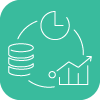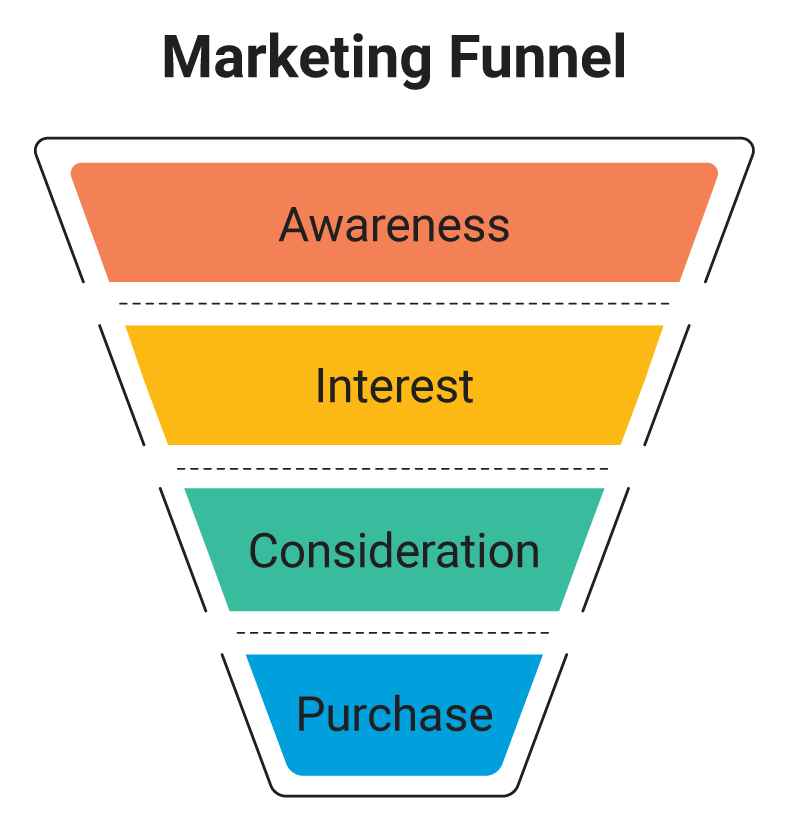When you are running a small or mid-sized business, finding new customers can be a challenge. You know they’re out there—but you’re having trouble finding them.
The good news is that your best customers will actually find YOU when they’re ready to buy your product or service. You’ll need to help them do that, of course. Which is why a strong marketing approach is necessary.
There are many types of content that you can use to market to potential customers. One of the easiest opportunities is through a company blog.
But what is a blog?
And what is blogging?
How is a blog different from other forms of written content?
How do you use a blog to sell your products and services?
All of the answers you’re looking for are below.
What is a blog?
According to the dictionary, a blog is a regularly updated website or web page, typically run by an individual or small group, that is written in an informal or conversational style. As an example, what you are currently reading is a blog.
A blog can be standalone (almost like its own website) or it can be a page on a larger website. It serves as an excellent tool to inform and educate your customers and potential customers about your industry.
A blog may be a few hundred words. Anything over 2,500 words and you should consider writing an eBook instead. This is explained in more depth below.
What is blogging?
Blogging is the process of writing and managing a blog. As the subject matter expert for what you sell, you could use a blog to explain incredibly basic things or more advanced topics depending on the type of customer you want to attract. Many blogs contain varying levels of information so as to attract new and more informed audience members.
As some examples:

A music teacher might write blogs about different composers or music styles.

A zoo could use a blog to educate the public about different species of animals and their habitats.

An advertising firm could use a blog to explain sales, marketing, or ad tactics.

A chef may use a blog to share recipes or cooking tutorials.
How is a blog different from other types of content?
Now that you’re familiar with what a blog is, you might be wondering, “How is a blog different from other types of written content?” Below are a few of the more common types of written marketing content that exist today.
They each have a purpose. However, they may also be used to expand the reach of other written content you offer such as your blog.

Email campaigns
Millions of users check email every day. It’s an inexpensive way to market your products or services to customers and potentially capture their interest or attention. Create an email marketing campaign around your blogs to help expand their reach and connect with even more customers.

Social media marketing
Highly popular platforms like Facebook, Instagram, and Twitter can capture the interest of your audience over time. Share new blogs or recycle existing ones via your social media channels or through social media ads to better inform and educate your followers about your product, service, or industry.

Search engine optimization
Also called “SEO” this type of content is used to attract potential customers via search engine. Using specific words or phrases that relate to your product, service, or industry, you can attract potential customers to your website or blog and spark their interest with what they read.

eBooks
Sometimes you have a lot to say on a particular topic and a 2,500-word blog won’t cover it. That is where an eBook comes in. Usually 2,500+ words, an eBook is almost like an expanded blog. Link your blog to an eBook on a similar topic and vice versa to expand your content’s reach.

Case studies
This is a detailed look at a particular “case” of your product or service being used by a customer to positive reviews. A case study may provide background on your customer and their particular problem and how your product or service helped solve it. Specific results may also be shared. Case studies can be shared on your blog or can be a separate document that a lead can print or download.
Blogging and your marketing funnel
With so many types of written content in existence, how do you know when to use a blog?
Today, selling goes beyond offering the right thing at the right time. Most selling begins before someone even knows that your product or service exists.
Rather, they have a problem that needs to be solved.
In their pursuit of looking for ways to solve that problem, they may use a search engine (see “Search Engine Optimization” described above) or ask friends or family for a referral. And in doing so, they may come across your blog.
A blog is a sales tactic that can be used in various parts of your marketing funnel (the theoretical path customers take toward buying your product or service).
Marketing funnels contain at least four (sometimes more) stages: Awareness, Interest, Consideration, and Purchase.

Awareness
Picture a funnel. In marketing, awareness is at the top—the widest point. This is the stage where you attract leads. A blog is an excellent way to spread awareness about not only your product or service, but also your industry. It’s a treasure trove of information for someone battling a particular problem that your product or service solves.
Interest
Further down in your marketing funnel, interest is the stage where your leads learn more about your business as well as your products and services. A blog is the perfect way to inspire interest among leads and form a connection. As an example of how to inspire interest (and sales) through your blog, you could email new blogs out to your contact list.
Consideration
Almost to the bottom of your funnel! A number of prospects that came in, in the Awareness and Interest stages are gone. But, the customers that remain are likely to be highly interested in your product or service. Blogs in this stage should be more advanced insights into your product, service, or industry such as case studies. Also, you can use highly targeted blog content with an intent to sell. Free demos and free trials or even a special offer are great ways to end these types of blogs.
Purchase
At the bottom of your funnel are the customers who buy. But just because a customer purchases your product or service doesn’t mean your blogging efforts are over. Use your blog to say “thank you” or to demonstrate value. Many of today’s customers would love to be featured in case studies or testimonials that you post to your blog. This not only makes them happy and inspires them to share with friends and family, but adds more value to your blog content.
It’s true that maintaining a blog takes quite a bit of work. It’s recommended that if you start a blog, you post within it at least once per week—so you want to be sure that you have the time to spend writing valuable content for both customers and prospects. When you do, it’s an excellent way to spark interest, inspire conversations, and potentially win over new customers.






